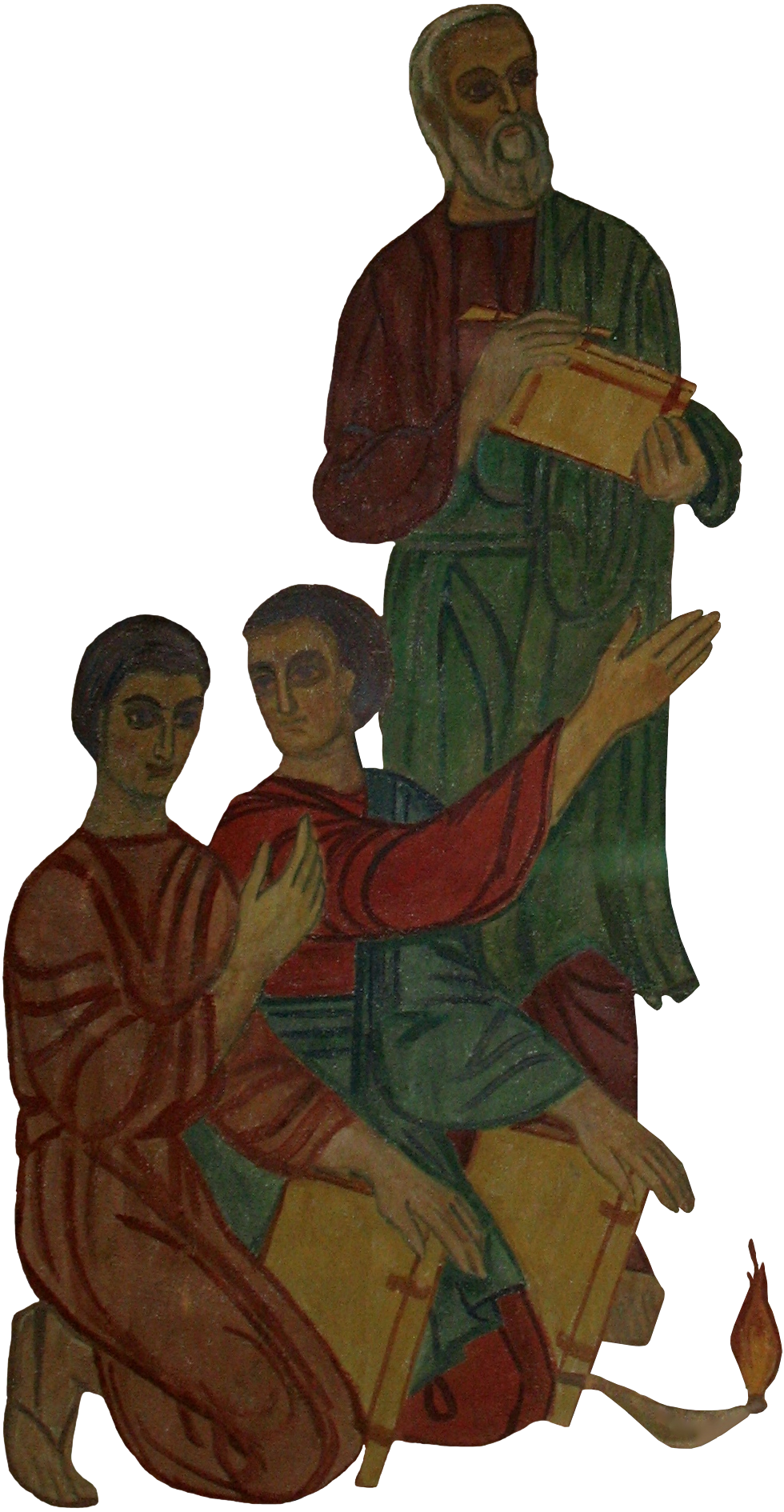The Armenian language is justly considered unique. It belongs to the Eastern group of the Indo-European language family and has a number of common points with the Slavic, Indo-Iranian and Baltic languages. The geographic location of the country explains the affinity of the Armenian language to several western and Indo-European languages. Armenian hasn’t become a dead language as, for example, the Latin and Ancient Greek languages of that group. On the contrary, it is going on to develop, expand its lexis and improve its grammar.
 Nowadays the language of the Armenian people has a rich vocabulary. Centuries-long Persian rule added a lot of Persian words to the language. The spread of Christianity imported numerous words from Syriac and Greek. French words were borrowed during the Crusades. And for the long time of the oppression of the Ottoman Empire a part of Turkish words penetrated into the Armenian vocabulary. Taking that into account, there are eleven thousand routs (nine hundred of them originated from the Indo-European language), seven cases, eight types of declension, five moods, three voices and three persons in the Armenian language.
Nowadays the language of the Armenian people has a rich vocabulary. Centuries-long Persian rule added a lot of Persian words to the language. The spread of Christianity imported numerous words from Syriac and Greek. French words were borrowed during the Crusades. And for the long time of the oppression of the Ottoman Empire a part of Turkish words penetrated into the Armenian vocabulary. Taking that into account, there are eleven thousand routs (nine hundred of them originated from the Indo-European language), seven cases, eight types of declension, five moods, three voices and three persons in the Armenian language.
Within its language family Armenian is considered as one of the ancient written languages. The system of writing in Armenia was created at the end of the 4th century AD, when the Armenian alphabet was invented. That started the process of translating literature from other languages into Armenian. Owing to that we can read the monuments of ancient literature in the Armenian language, and we keep them for the other generations since the originals of those works were lost long ago. The first translator into the Armenian language was the linguist Mesrop Mashtots, who translated the Bible.
At the beginning of the 5th century Armenian literature contained over 40 works written in the Classical Armenian language “Grabar” which had some affinities to such ancient Indo-European languages as Sanskrit, Greek and Latin, as well as to Ancient German and Ancient Slavic. Lexically and grammatically “Grabar” was an independent language which took one of the ancient Armenian dialects as a basis.
The next epoch of the development of the Armenian language fell on the 10th century, when along with “Grabar” a new Middle Armenian language appeared. It became the language of secular works (poetry, books on medicine and agriculture). Gradually Middle Armenian evolved into New Armenian (since the 17th century) spoken by approximately 10 million people all over the world.
The modern Armenian language is split into two standardized literary forms – Western Armenian (with the Constantinople dialect) and Eastern Armenian (with the Ararat dialect). The Eastern Armenian language is used as a standard language by the Armenians living in Armenia, India, and ex-USSR republics. The Western Armenian language is used as a standard language by the Armenians living in the USA, Italy, France, Lebanon, and other countries. The main difference between the Eastern and Western variants is that the first one is the official language of the country since the twenties of the last century.
Cafe and restaurant
|
Artificial Stone Factory
|
Travel Agency
|
Armenian Heritage
|